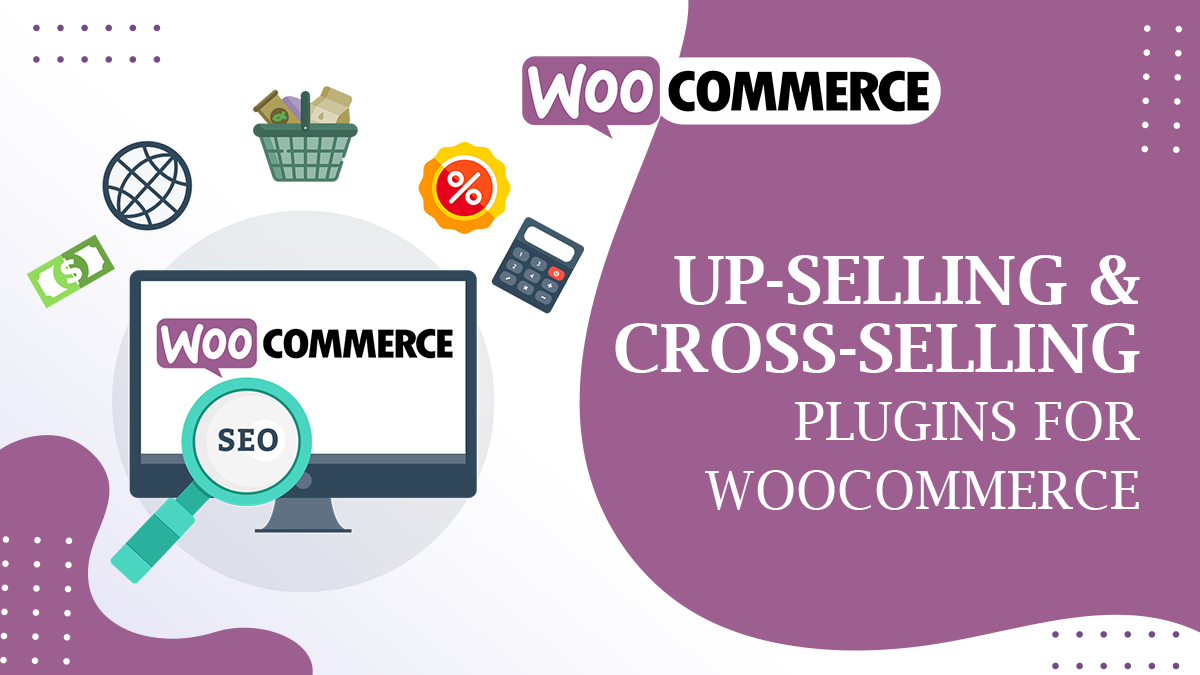Are you trying to decide between OpenCart and WooCommerce for your eCommerce store? You’re not alone. Both OpenCart and WooCommerce are popular eCommerce platforms that offer a variety of features and advantages, but it can be tough to determine which one is best suited to your business needs. In this blog post, we’ll take an in-depth look at OpenCart vs WooCommerce, so that you can make an informed decision about which one is right for you.
A Brief on OpenCart
OpenCart is an open-source eCommerce platform used for building online stores. It was first released in 2009 and has since grown in popularity due to its ease of use, flexibility, and extensive features.
With OpenCart, users can customize their online stores with various templates and modules, allowing for easy management of products, orders, and customers. It also supports multiple currencies and languages, making it ideal for businesses with a global reach.
OpenCart is built on the PHP programming language and uses a MySQL database, which means it can be hosted on most web servers. It also supports various payment gateways, shipping methods, and tax options, making it easy for businesses to conduct transactions online.
Hence, OpenCart is a reliable and user-friendly eCommerce solution that can help businesses establish and grow their online presence.
A Brief on WooCommerce
WooCommerce is an open-source eCommerce plugin designed for WordPress, one of the most popular website builders on the web. It was first released in 2011 and has become a popular eCommerce solution for businesses of all sizes.
With WooCommerce, users can easily create and manage their online stores through the WordPress dashboard, using various themes and plugins. It also supports a range of payment gateways, shipping methods, and tax options, making it easy for businesses to conduct transactions online.
One of the biggest advantages of WooCommerce is its flexibility and scalability. Users can customize their online stores with various extensions and themes, making it easy to add new features and functionality as their business grows.
WooCommerce is built on the PHP programming language and uses a MySQL database, which means it can be hosted on most web servers. It also offers various analytics and reporting tools, allowing users to track their sales and customer data.
WooCommerce is a powerful and versatile eCommerce solution that can help businesses establish and grow their online presence through WordPress.
Key Differences between OpenCart and WooCommerce
Here are the key differences between OpenCart and WooCommerce:
1. Platform
OpenCart is a standalone eCommerce platform, while WooCommerce is a plugin for WordPress.
2. Ease of use
OpenCart is generally considered easier to use, with a simpler interface and less complex setup process. WooCommerce requires a bit more technical knowledge, as it is integrated with WordPress.
3. Customization
WooCommerce offers a greater degree of customization, with a wider range of themes and plugins available. OpenCart has fewer options for customization, but it is easier to customize within the platform.
4. Features
OpenCart offers a wide range of built-in features, while WooCommerce relies more heavily on third-party plugins for certain features.
5. Scalability
OpenCart can handle larger stores more efficiently, while WooCommerce can struggle with performance as the store grows in size.
6. Community
WooCommerce has a larger and more active community of developers and users, while OpenCart has a smaller but dedicated community.
Ultimately, the choice between OpenCart and WooCommerce depends on the specific needs of the business, the technical skills of the user, and the desired level of customization and scalability.
Themes and Extensions
Themes and extensions are important components of both OpenCart and WooCommerce. Here are some key differences between the two platforms in terms of themes and extensions:
OpenCart:
- Themes: OpenCart offers a range of free and paid themes that can be customized to fit the needs of the store. Themes are available from the OpenCart marketplace or third-party developers.
- Extensions: OpenCart has a large library of extensions that can be used to add new features and functionality to the store, such as payment gateways, shipping methods, and marketing tools. Many of these extensions are available for free, while others require a one-time purchase.
WooCommerce:
- Themes: WooCommerce themes are available from a variety of sources, including the official WooCommerce marketplace and third-party developers. Many themes are customizable, and some are designed specifically for certain industries or niches.
- Extensions: WooCommerce has a large library of extensions, including payment gateways, shipping methods, and marketing tools. Some extensions are free, while others require a one-time or ongoing payment. WooCommerce also offers a range of official extensions that are developed and supported by the company.
Overall, both OpenCart ecommerce website design and WooCommerce offer a range of themes and extensions that can be used to customize and enhance the functionality of the store. The specific themes and extensions used will depend on the needs of the business and the technical skills of the user.
When deciding between OpenCart and WooCommerce, the decision will ultimately come down to the individual’s needs and preferences. Both platforms have their strengths and weaknesses and provide users with a comprehensive eCommerce solution. OpenCart is ideal for small businesses that want to get up and running quickly with minimal investment, while WooCommerce website development is better suited for those who require more customization options and scalability. Ultimately, both solutions are great options, so it’s important to consider all factors when making a decision.


